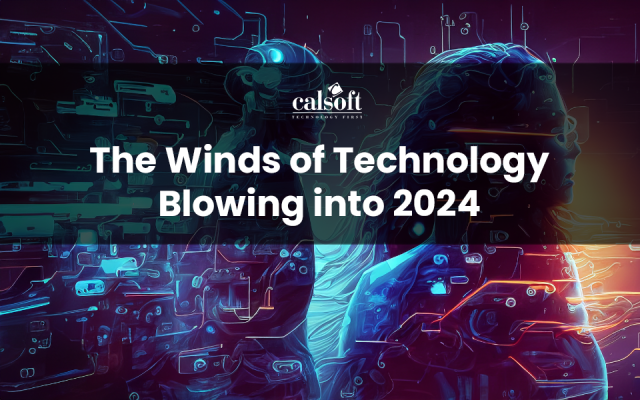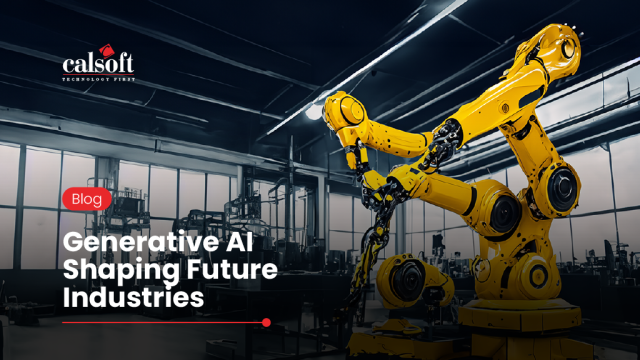The Cloud is like the air we breathe. Invisible, ever-present, and vital to the day-to-day functioning of our lives. Theoretically, yes, we can live without the Cloud, but what a dull life that would be!
As important as the Cloud is for most people, it is even more important for businesses and enterprises that have made their home on it. These enterprises, known as Cloud native enterprises, are the ones that have taken full advantage of the power and flexibility the Cloud provides.
But despite specializing in Cloud usage, these Cloud native companies and applications run into several kinds of performance issues. Let’s take a look at what those are and how they can be fixed.
Database Issues
One of the most common issues Cloud native applications face is poor database performance. In such scenarios, the application itself may be coded well, but the database on which it is built can cause problems.
This can be a relatively opaque problem, given that it is difficult to tell whether it is an application problem or a database problem due to the level of interconnectedness. There are three main ways to diagnose database performance issues – white box testing, black box testing, and operational monitoring.
Of these, operational monitoring or database monitoring is the most useful, since monitoring the application can give different results but monitoring the database should always give the same result due to its consistency.
Fixing database performance issues is fairly simple, and reconfiguring or increasing resources solves the majority of database problems. In the worst-case scenario, you’ll need a new database, if it’s not compatible with your applications.
Cloud Service Issues
Cloud native companies often blame the Cloud for bad performance, low speeds, processing issues, and other problems. More often than not, the problem does not lie in the Cloud computing service.
But sometimes it does.
Depending on your requirements, the type of Cloud service provider you are using may not be a good fit for you. Depending on whether you need file storage, block storage, or object storage, you may require different kinds of Cloud architecture. Other problems include incorrect platforms, memory configuration issues, and CPU selection problems.
These problems can be fixed quite easily, as they are often diagnosed immediately by the Cloud service provider. You can also use application performance monitoring tools to keep an eye on the performance of your applications and display the conditions under which they do not perform properly.
Security & Performance
Poor security management can also become a performance issue, for various reasons. Hackers can use tactics such as DDoS attacks, cryptojacking, and even ransomware attacks.
These attacks often happen when applications, open source components, or even container images remain unpatched for too long. Given that Cloud native environments need to change in real-time according to requirements, quickly fixing performance issues caused by attacks is vital.
Proactivity
This is where proactivity comes into the picture. By proactively monitoring your applications, microservices, containers, and servers, you should be able to spot performance issues of all kinds before they start causing damage.
Another way to be proactive is to follow proper design principles when building your system. By building your applications correctly, making sure that your databases fit requirements, connecting everything properly, and configuring your Cloud platform properly, you can make sure that your Cloud native business runs as smoothly as possible.
The Future of APM
So far, this article has been full of information about identifying and solving problems. But the main method to identify those problems has remained the same – application performance monitoring.
But APM for traditional or lift-and-shift businesses is quite different from that of Cloud native enterprises. For Cloud native enterprises, APM systems need to deal with significantly more data, of multiple data types and formats. They also need to deal with ephemeral data, so they need to work in real-time, accessing it wherever it is. They also need to deal with complex dependencies, effectively needing to create a full map of your Cloud native structure. They need to handle multilayered systems, including bare metal servers, virtual machines, containers, microservices, pods, and more. Finally, APM tools need to be able to handle the rapid pace of change, finding or creating new baselines given the speed at which application updates are pushed.
All in all, the reasons behind Cloud native performance issues are many, and while they can be diagnosed and fixed relatively easily, making sure that the issues stay fixed takes time. This is where Calsoft comes in. Our teams of skilled engineers can setup your monitoring systems such that you will be warned immediately or even develop and deploy the necessary software to keep your enterprise functioning at its best. Click here to contact us.






